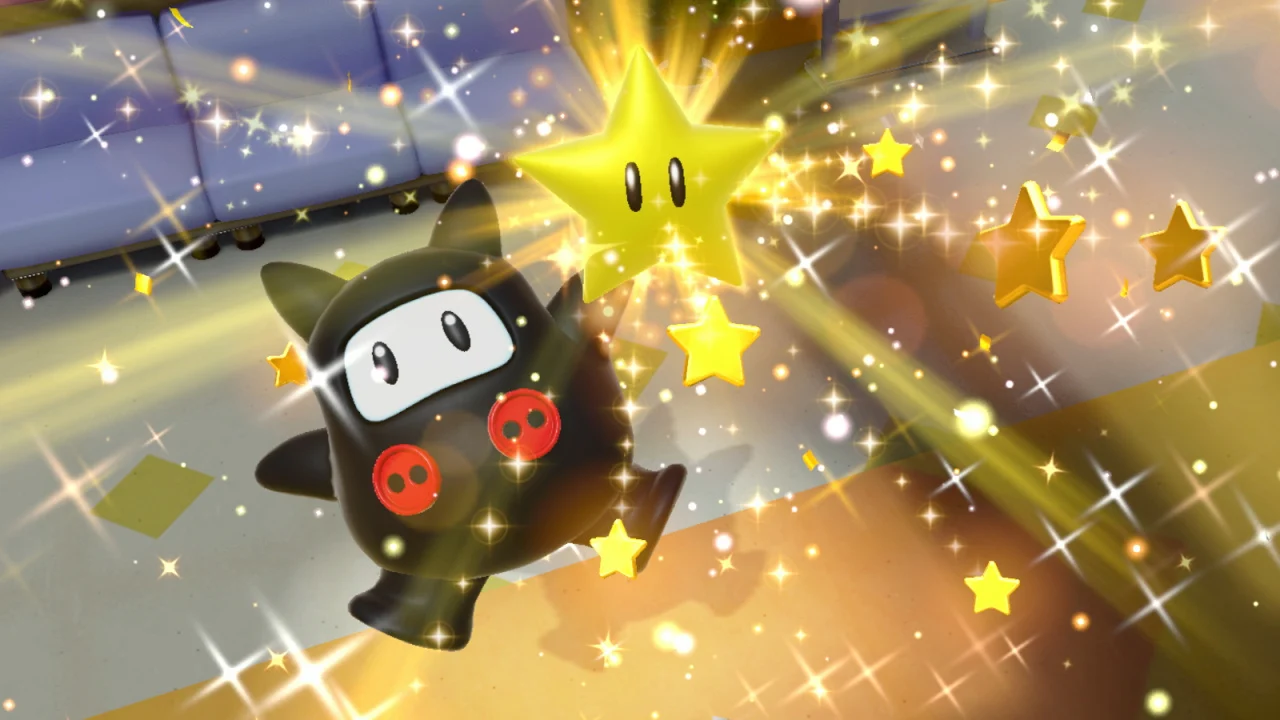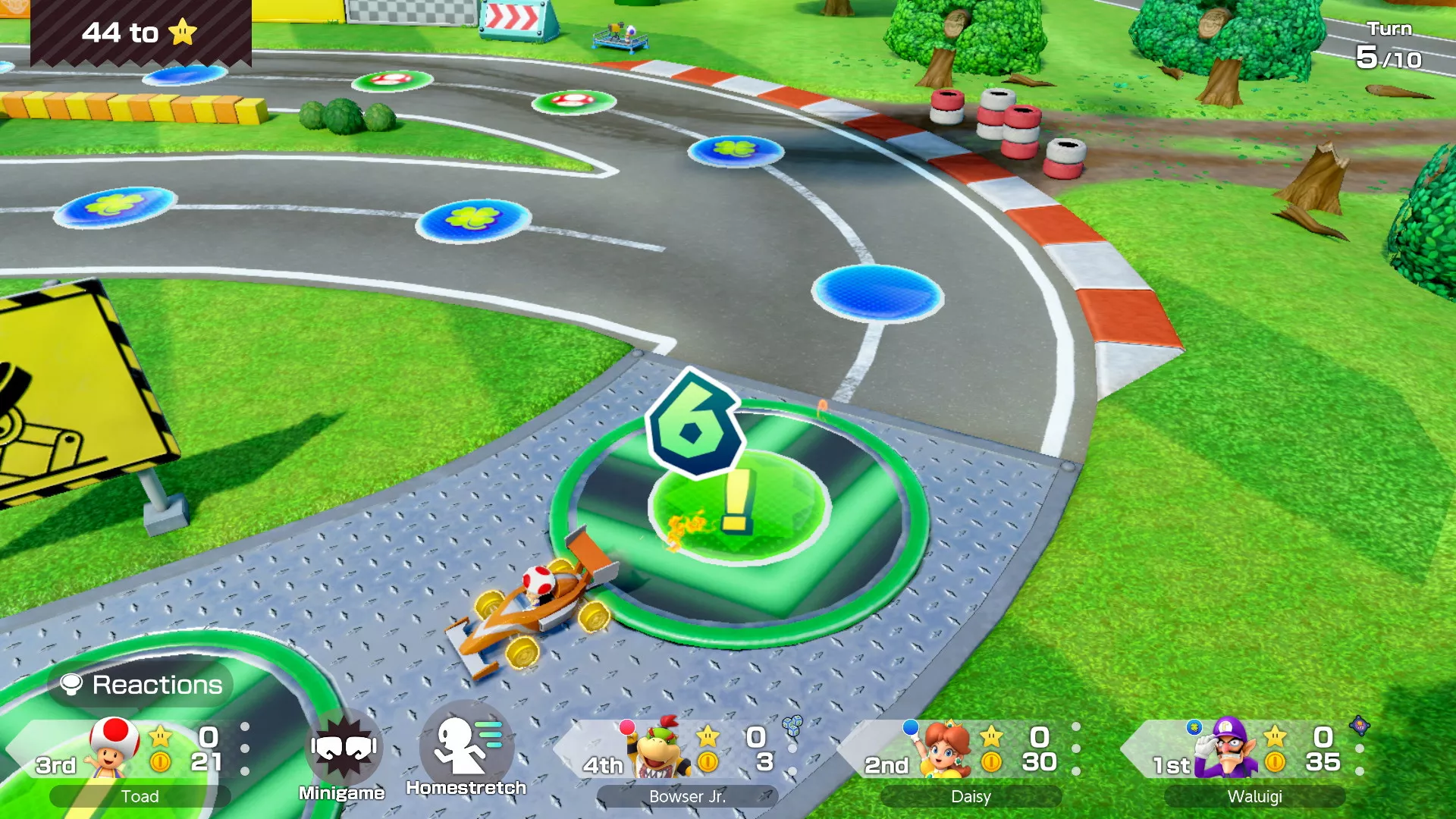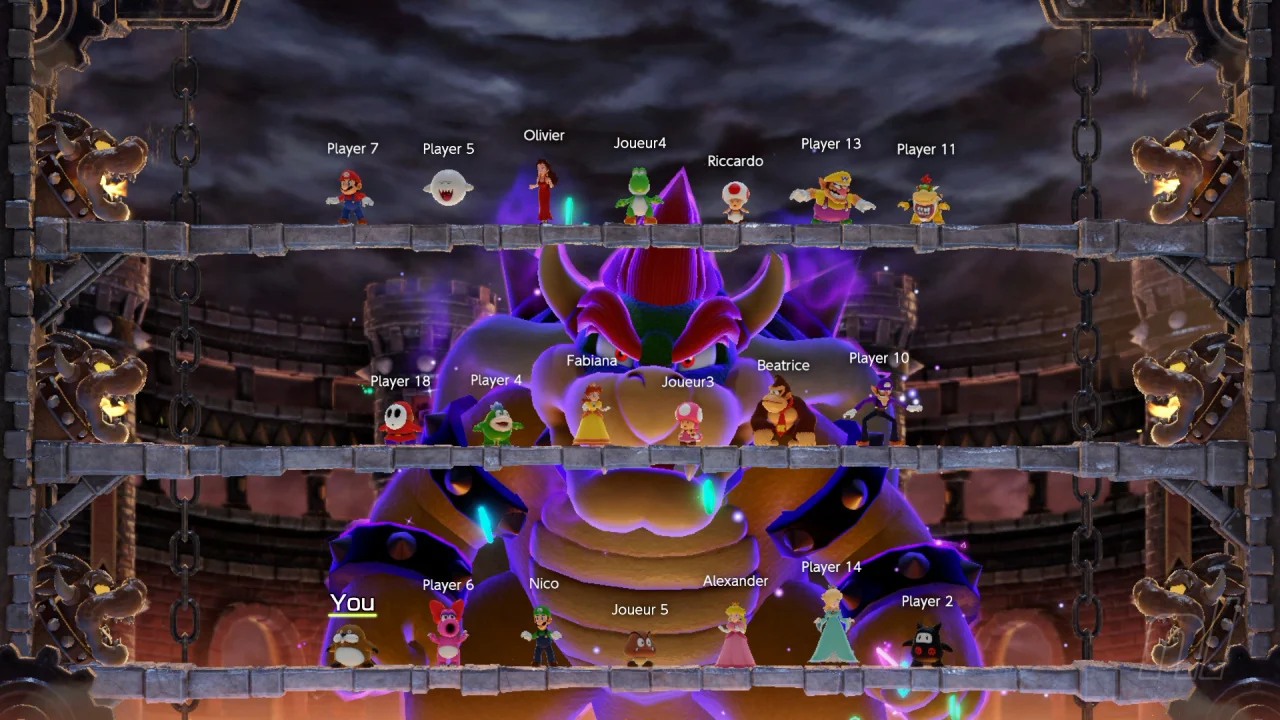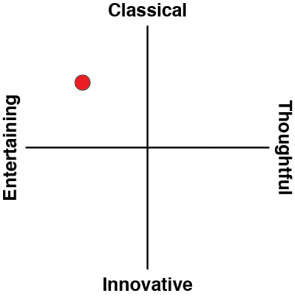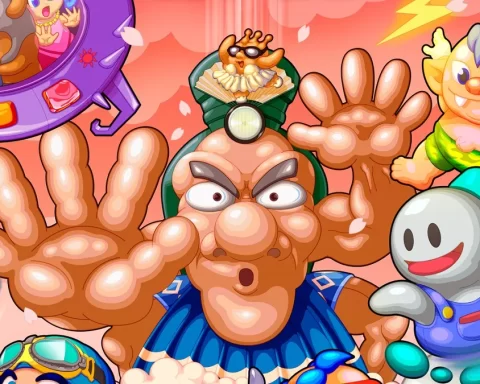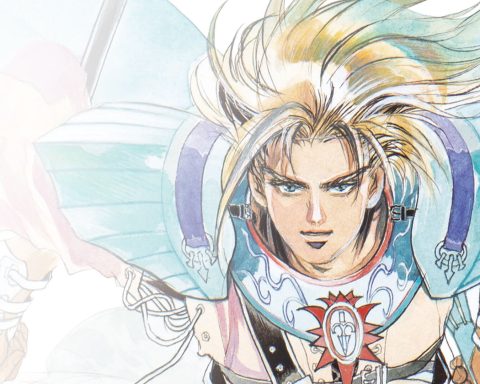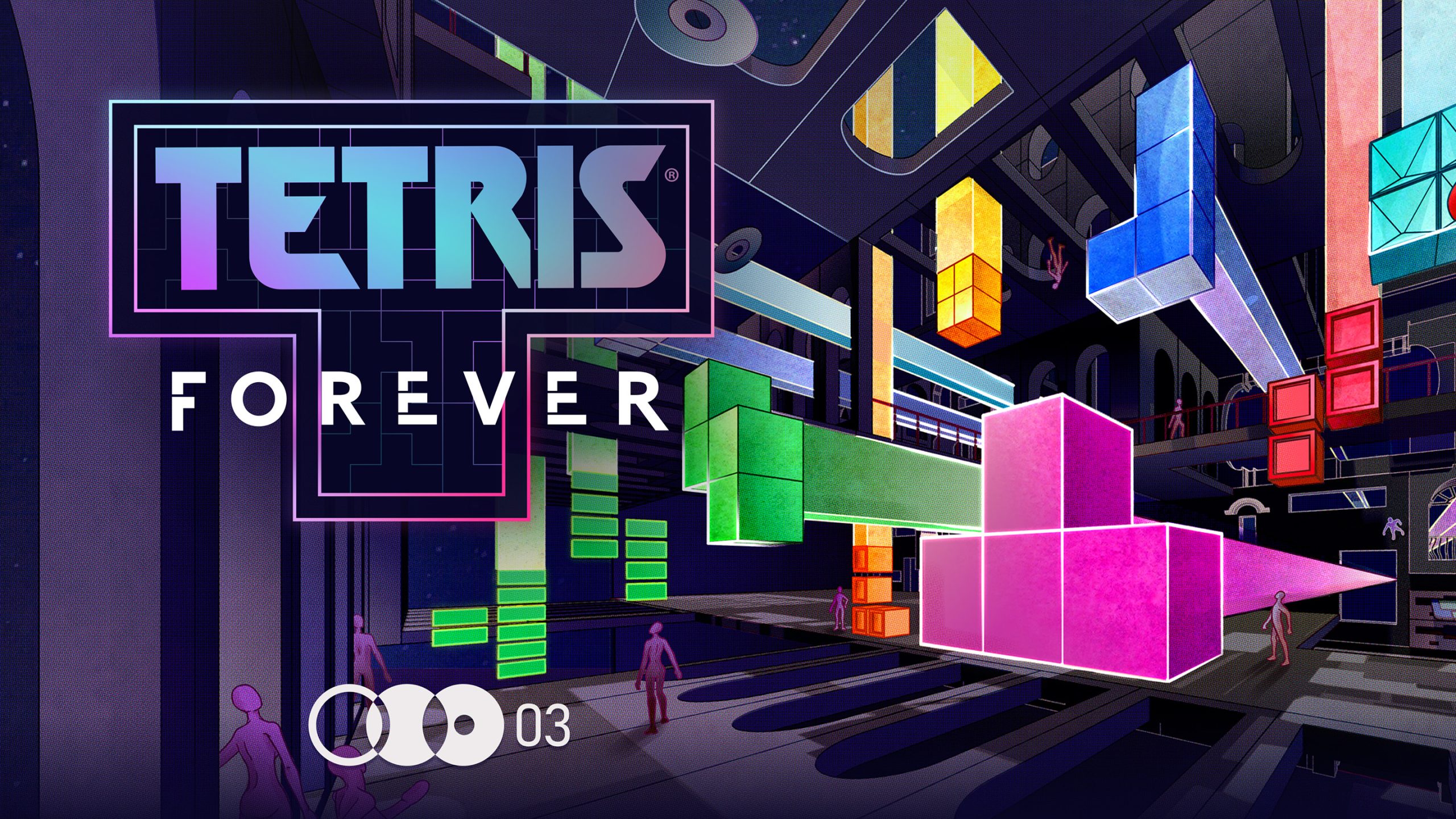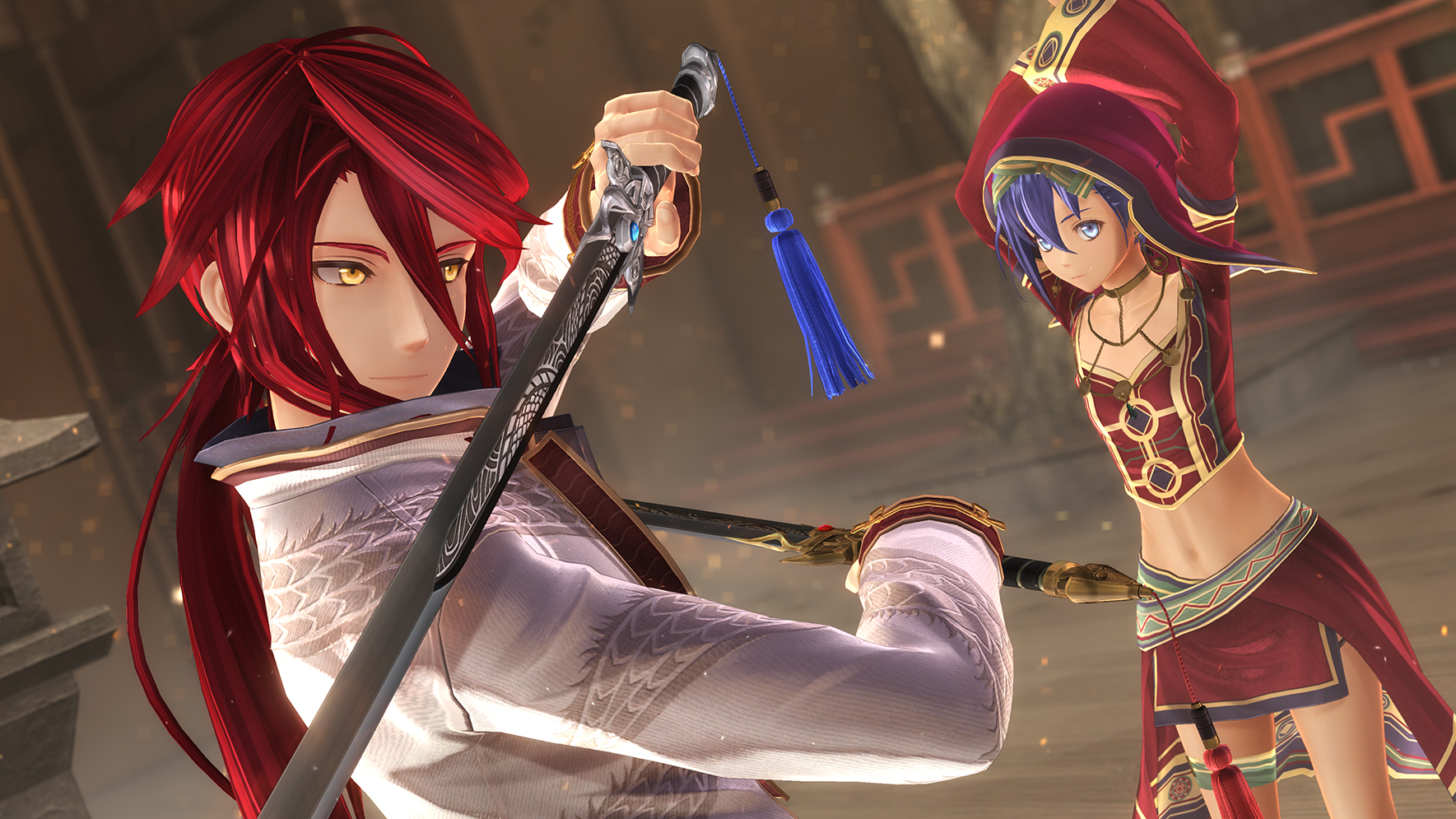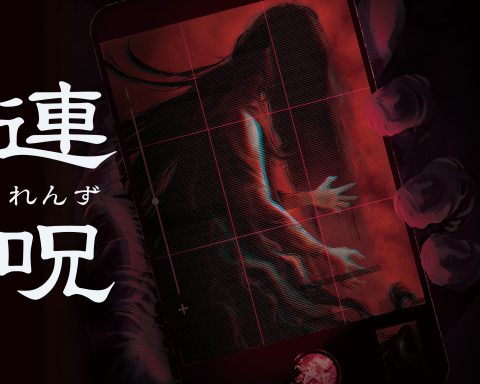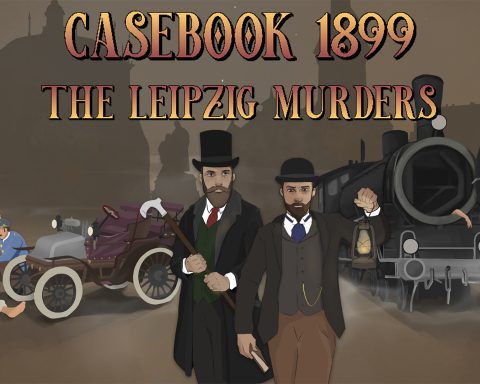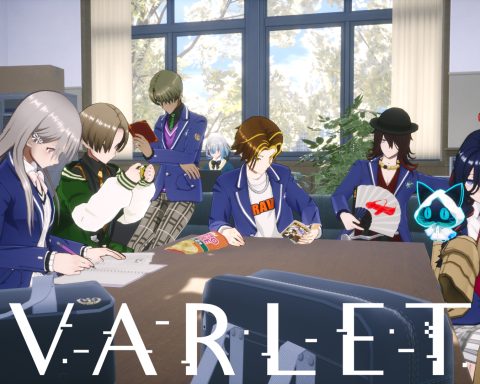Mario Party is a tentpole series that goes through its ups and downs, and those tend to coincide with how much the developers mess with the basic format of giving people a board to move around and then minigames to compete over. For some reason, there are times when they feel the need to get “innovative”, and the results are always something that misses the brief and failts to understand why people love Mario Party. Thankfully Super Mario Party Jamboree is not one of those games. In fact, this is the most enjoyable the series has been in quite some time.
The basic game – and this will be where I spend the bulk of my time going forward – is vintage Mario Party stuff. You each pick a character and then move around one of several themed boards trying to track down stars at the end. These boards are a mix of old and new, and are of a universally high quality – the kart racing-themed one, in particular, might just be my favourite Mario Party map now.
After everyone takes a turn, it’s time for a minigame – and there 110 of those, which is a record for the series. As always, you’ll probably find one or two duds that will make you grind your teeth when they show up. This is particularly true in the 3 vs. 1 minigames, where with some mini-games it’s all but impossible for either the three or the solo player to win. However, over generations, the Mario Party developers have figured out how to make the bulk of these mini-games genuine skill testers rather than button mashers, and so the catalogue in Jamboree is, overall, excellent, competitive, and fun.
There’s even the neat ability to play “competitive rules,” which helps to filter out the dud games even more. Standard Mario Party randomly selects a minigame each time. These “competitive rules,” meanwhile, allow each player to pick a minigame and then the system will randomly choose from those picked.
The boards themselves range from the very simple to the surprisingly complex, and while chance will always play a role and sometimes you’ll feel hard done by thanks to a series of poor dice rolls, there are more and deeper opportunities to use items and strategy to often mitigate a challenging situation. There are also helpers now, which can have big, game-changing effects. At some point in each game the helper will appear somewhere on the map. When one player gets to that helper, an extended minigame starts. The winner of that has the helper tag along for a couple of turns, providing big benefits, such as additional turns, extra loot, and/or some kind of “steal” ability when you pass an opponent on the board. They only last for a few turns, but they can be game-changing.
In addition to the seven boards, Nintendo has added a lot of little bonus minigames into the mix that can be played separately and have a bit more depth than the standard board game ones. One mode gets eight players together to try and defeat a giant Bowser by collecting bombs and dropping them into cannons. This plays out a little like a Mario Party take on Friday the 13th or other team-based one versus many games where you need to work together to complete objectives while an enemy stalks you.
Meanwhile, Koopathlon is an online play mode for up to 20 players which is basically Nintendo’s answer to Fall Guys. In this, you play a series of minigames to try to collect 150 coins and reach the end goal before anyone else does. It’s less interactive than Fall Guys proper (each player has their own minigames and it’s just a race to get the most points quickest), but there are some Mario Kart-style items that allow you to affect opponents too.
And then there are a couple of motion-controlled minigames that, for the most part, challenge players to work together for some co-op action. All of these side-distractions are good, momentary fun (especially the “bomb Bowser” game), but the longevity in Jamboree is obviously going to come from the actual board games.
Really, the only downside in Mario Party Jamboree is the decision to put motion controls in a bunch of minigames. I know they’ve been doing that since the Wii, but it’s well past time motion controls were put to rest, because the basic reality is that they’re often awkward to play as they need a wider area, physically, around the player compared to simply holding a controller in hand. It’s hard to enjoy Mario Party with a friend on a train or plane with these motion minigames. They are also inherently imprecise and when minigames can be decided by a hair’s breadth, “imprecise” can be frustrating. You can turn these off, but then you’re not getting 110 minigames after all. It would have been much better to have a standard controls option for people who don’t want to deal with the motion controls.
Mario Party has been a multiplayer mainstay for me since right back with the original on N64. To this day the first three are on high rotation thanks to the N64 Online app. It’s really lovely to see Nintendo find creative form with Super Mario Party Jamboree by producing something that largely focuses on the basics. The new maps are excellent, the range of minigames is a delight, the bonus modes are fun, and the energy is playful and joyous. I went into this thinking it would be Nintendo’s equivalent to filler leading into the Christmas season. Turns out it was much more than that and this is a major project that everyone that enjoys multiplayer should pick up.
